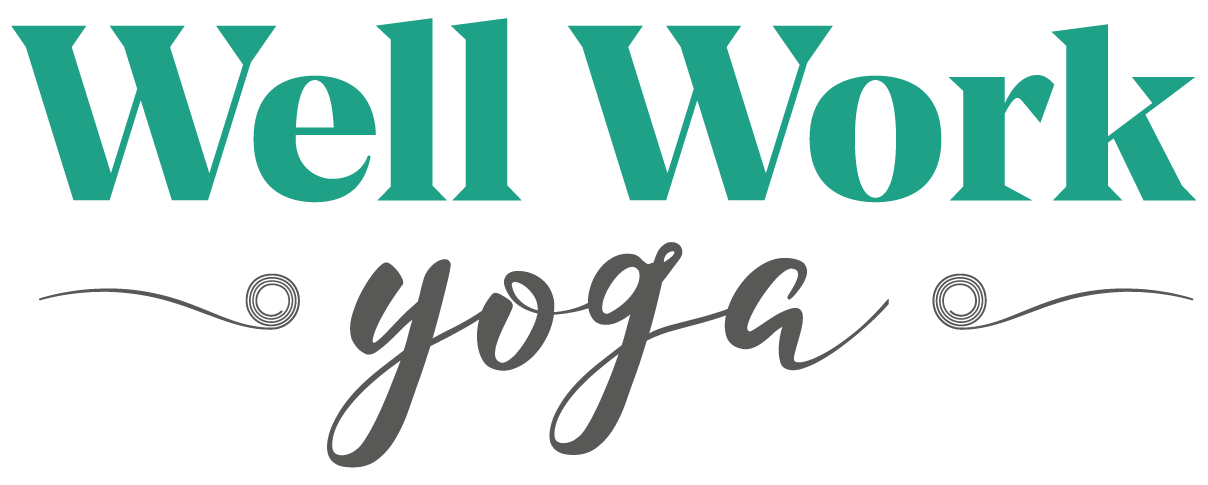For remote and hybrid teams, it can be challenging to keep everyone focused on the company mission when we’re working for long periods alone. Even though we may see and speak to colleagues daily, a virtual workplace wellbeing day can have an outsized impact on morale, motivation and wellbeing.
Read our 5 steps for running an impactful workplace wellbeing day for your remote or hybrid team.
- Plan ahead and set clear goals: Start by defining your goals for the wellbeing day and how it fits into your overall workplace wellbeing strategy. Communicate the purpose and goals of the wellbeing day to all employees in advance, emphasising the importance of participating and promoting workplace wellbeing, even in a remote or hybrid work environment.
- Offer a range of virtual activities: A wellbeing day should provide a range of activities and resources that support all aspects of workplace wellbeing, such as virtual mindfulness sessions, financial health check-ups, nutrition workshops or webinars on stress management. Look for virtual resources that are accessible to all team members, regardless of location.
- Make it accessible: Encourage a supportive environment for your remote or hybrid team by sharing clear objectives for each session so employees can self-select the right sessions for them. Make all sessions available on demand to allow those that work part time or may be on holiday or ill on the day, the chance to benefit.
- Involve employees in the planning process: Employee engagement is crucial to the success of a wellbeing day, especially in a remote or hybrid work environment. Involve them in the planning process by forming a wellbeing committee or soliciting feedback and suggestions. This can also help build a sense of community and collaboration among remote or hybrid team members and will ultimately improve attendance.
- Follow up and evaluate: After the wellbeing day, evaluate its effectiveness by gathering feedback from employees through virtual surveys or focus groups. Use this feedback to improve future wellbeing events and to identify areas where further support may be needed for your remote or hybrid team.
Get this right, and you could have a huge positive impact on you’re the long term physical and mental health of your employees. The 2021 Britain’s Healthiest Workplace study by Vitality and Rand Europe found that employees who participated in health and wellbeing programs reported lower levels of stress, anxiety, and depression, as well as improved physical health. Who doesn’t want that for their teams?



